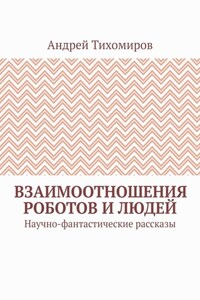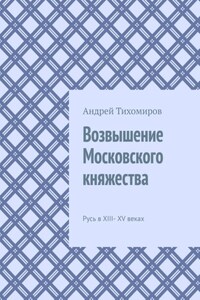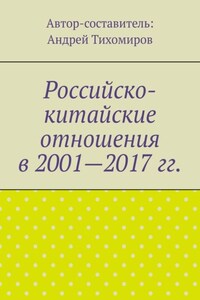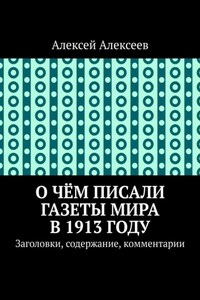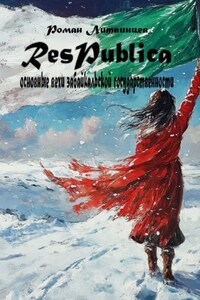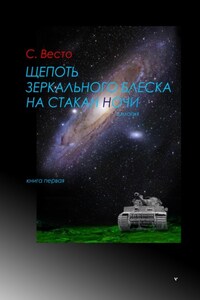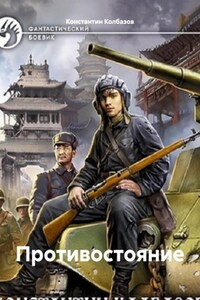From the history of the Southern Urals
From the 3rd millennium BC to the 7th century BC, the Great Migration of Peoples from the Middle East to Central Asia and India took place in waves. The «Country of Cities» is located on the territories of the Chelyabinsk region, Orenburg region, Bashkortostan of the Russian Federation and northern Kazakhstan. The settlements are scattered over an area with a diameter of 350 km. The term «Country» best characterizes this location of cities. In addition to the fact that all the discovered cities were built on a compact territory in the same period of time, in the same architectural style and using the same engineering solutions, similar materials, other unifying properties are also visible. The cities of the Sintashta culture were inhabited by people of the same ethnic group (belonging to the Caucasoids) and conducted similar economic activities. The age of the monuments – the youngest of them is 3700 years.
Gradual warming caused the melting of glaciers, which retreated to the north, and the land began to awaken to life, young growth appeared – plants, they were eaten with pleasure by animals that migrated along with the melting of glaciers. Following the animals, primitive hunters moved, hunting for migrating animals. The center of glaciation of the Urals was the Ural Range, ice from the mountains flowed down from the range to the lowlands during the warming period, forming seas and lakes, the glaciers of the Ural Mountains gave rise to icebergs in the Arctic Ocean. Ancient glaciation was more clearly expressed in the north of the Ural Mountains: in the Polar and Subpolar Urals. In the Holocene (15—10 thousand years ago, the postglacial era), due to significant climate warming, the size of the ancient Pleistocene (lower Quaternary era) glaciation sharply decreased. At this time, most of the glaciers of the Urals disappeared. A new cooling in the Urals in the so-called Subatlantic period (mid-1st millennium BC – 3—4 centuries AD) led to the appearance of new glaciers that preceded the modern ones. Ancient Indo-Europeans build special closed settlements. Indo-Europeans learned to extract swamp ores and smelt iron from them. Iron was an accessible and cheap metal for them. Iron ores are more widespread than copper and bronze, and therefore a monopoly on this metal did not arise: its ores are formed in large quantities under the action of microorganisms in swamps and other stagnant bodies of water. And the area of settlement of the Aryans was characterized by an abundance of lakes and swampy territories. Iron was easy to mine, but its smelting and processing required certain skills, which gave impetus to the widespread development of blacksmithing and other crafts. Iron tools replaced soft bronze and finally displaced stone. Due to the use of iron sickles, ploughshares, scythes and axes, necessary for slash-and-burn agriculture, Aryan agriculture began to develop more intensively. Settlements began to form everywhere, between which lively trade was established over time.
The general meaning here was, most likely, as follows. The ancient Aryans used these swampy lands to obtain ore, when the ore was depleted, the settlements were burned, the ditches were filled in. Therefore, the settlements existed for about 100—200 years. The main thing was to keep the secret of the technologies (know-how) for the manufacture of various metal products using metallurgy techniques, so that other tribes would not find out about it and would not leave the competition.
According to one hypothesis, the ancient Aryans made a gigantic migration from the South Ural steppes through Southern Ukraine, the Balkan Peninsula to Mycenae, and then to Iran and India. It is possible that they brought to Mycenae and Asia Minor the culture of horse breeding, previously unknown there, the art of making and using war chariots. The oldest chariot found in the world is from the Arkaim culture (dated to 2026 BC).
Russian scientists have solved the mystery of the mysterious figurines of ancient warriors found about 10 years ago near a river in the Chelyabinsk region. This was reported by the press service of the South Ural State University. The figurines were found in the Kunashak district near the village of Karino and their origin remained a mystery for a long time. Two figurines covered with a green coating represented warriors with a bird on their shoulder. They were sent for study. It turned out that they were made of pure copper. The scientists published a joint work in which they compared the artifacts with other similar figurines found in the Southern Urals. During the study, they found many similarities. The images of faces, quivers, and daggers have something in common with the images found further south – on Ustyurt in Kazakhstan. Probably, the figurines personified fallen warriors – bogatyrs, representatives of the semi-nomadic Gorokhov culture. In addition, according to experts, the warrior figurines have something in common with the traditions of Iranian culture, that is, Indo-European.
The growth of population and climate change have a huge impact on the movement of peoples. The appearance of more and more new people sooner or later leads to a reduction in the resources of a given territory and forces many to leave their homes in search of living space. People moved to other places also because the climate became colder or drier.
As a result of numerous migrations that took place over thousands of years, the tribes of Indo-Europeans, or then Aryans (ram, lamb – a totem animal of the ancient Indo-Europeans, from Latin – aries, from Greek – αρνι (pronounced: arni), Latin and Greek belong to the group of Indo-European languages), left their homeland in the Southern Urals. Some of them moved south to the lands that are now within the borders of Iran, and further to India. Others migrated to Europe, as well as to Anatolia (the territory of modern Turkey, «Anatolia», in Turkish «Antalya», comes from the Greek word for «east», this territory of Asia Minor is located to the east of Greece), as well as to the «Fertile Crescent» zone. During the glaciation and subsequent flooding of Central Asia, right up to the Mediterranean Sea, by meltwater for several millennia, the most suitable place for the emergence of ancient civilizations was the Middle East, the so-called lands of the «Fertile Crescent». But by the 4th-3rd millennia BC, it was already becoming crowded here, as the earth began to warm up, the oasis areas narrowed. Grassy deserts for nomads also narrowed, turning into sandy deserts. By this time, Central Asia was freed not only from the consequences of melting glaciers, but grass was already growing here. In the middle of the Eurasian continent, excellent conditions are formed for the emergence and development of nomadic states with elements of sedentary life. From the 3rd millennium BC to the 7th century BC, the great migration of peoples from the Middle East to Central Asia and India takes place in waves. In the Southern Urals (Chelyabinsk and Orenburg regions, Bashkortostan, Northern Kazakhstan) there is a famous archaeological culture, including dozens of similar ancient monuments, named after the most famous settlement – the Arkaim culture (after Arkaim in the Chelyabinsk region). In the Orenburg region, such a settlement was found near the village of Alandskoye in the Kvarkensky district. Alandskoye – the etymology of the village name is associated with the Russian-Swedish war of 1808—1809, it was given in honor of the victory of Russian troops in the battle for the Aland Islands in the Baltic Sea. Kvarkeno – after receiving the status of a stanitsa, the village was given the name Kvarken (Kvarkenskaya) in honor of the campaign of Russian troops in 1809 through the Kvarken Strait during the Russo-Swedish War. Arkaim is represented by a giant wheel 180 meters in diameter with two circles of powerful walls: external and internal. Particularly impressive is the five-meter-thick external wall, made of soil and having an internal gallery. A deep ditch was dug around the wall on the outside. The internal ditch is covered with a log flooring, possibly representing a storm drain. From the walls towards the central square there were dwellings. These houses were quite large: up to 20 meters long and more than 6 meters wide, where, according to experts, up to 50 people could be accommodated. In each house there were hearths, wells, pits for storing food, rooms for individual families. The floor was covered with a hard layer of lime mortar. The settlement could accommodate up to two and a half thousand people. The inhabitants had a lot of cattle, especially horses – slender, thin-legged, fast, harnessed to war chariots, these ancient «tanks» of the Eurasian steppes. The production of bronze items reached a high level of perfection. It is believed that they spread from here to very remote places.

